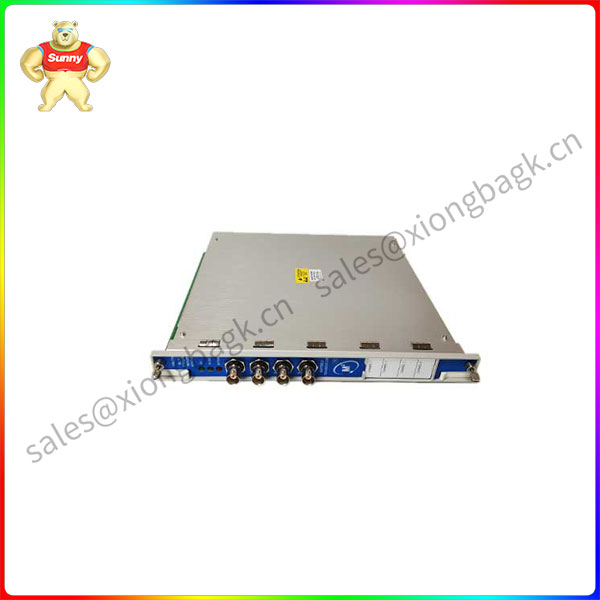The iot market is showing healthy growth in dedicated cellular networks.
Mission-critical use cases are driving private iot connectivity growth in industrial markets such as manufacturing, logistics, and transportation. Industrial Internet of Things (IIoT) customers are eager to digitize key use cases through high-performance private networks, allowing these industries to lead the way in private 4G and 5G adoption.
According to ABI Research, the manufacturing and transportation industries will have the most dedicated cellular iot connections in the future, with 108 million and 71 million connections respectively expected by 2030.
350077M Lizzie Stokes, iot network and services Analyst at ABI Research, said: “Mission-critical use cases require ultra-reliable connectivity. Any disruption in these operations could result in significant loss of revenue or threaten human life. Given these consequences, most IIoT customers will opt for private cellular networks.”
Key mission-critical Iiot use cases include automating heavy machinery in mining and manufacturing, replacing legacy networks in oil and gas, and tracking containers in ports. Each of these use cases requires an ultra-reliable network.
Stokes said: “Heavy machinery automation, in particular, requires the performance and low latency of dedicated 5G networks. Industrial customers often initially invested in dedicated cellular networks to connect employees’ communication devices, such as smartphones or tablets, but eventually realized that these networks could provide value in more critical iot applications.”

350077M
Given the importance of their use cases, dedicated wireless providers such as Ericsson and Nokia have been focusing on the needs of these industrial customers. However, despite their relevance, mission-critical IIoT applications represent only a fraction of the total number of IoT use cases. Most iot use cases do not require ultra-low latency networks, but instead support different devices that send infrequent, low-payload communications. These non-mission critical iot use cases are better suited to non-cellular private network technologies, such as Wi-Fi, dedicated LoRaWAN, or DECT-2020 NR.
For example, connected sensors in commercial buildings, hospitals, and hotels do not require high-performance cellular networks and are more likely to benefit from remote and low-power options such as private LoRaWAN. The latest versions of Wi-Fi, such as Wi-Fi 6E and Wi-Fi HaLow, make this technology more relevant to the non-mission critical needs of large, complex campuses, such as universities and entertainment venues. The DECT-2020 NR is the first non-cellular 5G standard that can support large device densities, making the technology highly suitable for smart metering use cases.
350077M When considering non-mission critical applications, the competitive landscape of the dedicated wireless industry expands to include non-cellular technologies that may not receive as much attention from the industry as dedicated cellular networks. Significant non-cellular private wireless market players include Wirepas, Semtech, LoRa Alliance, and Wi-Fi HaLow and Wi-Fi 6E vendors such as NEWRACOM, Qualcomm, and Cisco.
Stokes said: “The ideal private network connectivity technology for any iot use case will largely depend on its importance. However, all significant iot verticals, from healthcare to manufacturing, will experience healthy growth in private cellular iot connectivity between 2025 and 2030, underscoring the impact of this relatively new technology, even in applications that rely heavily on non-cellular technologies.”
 中文版
中文版




